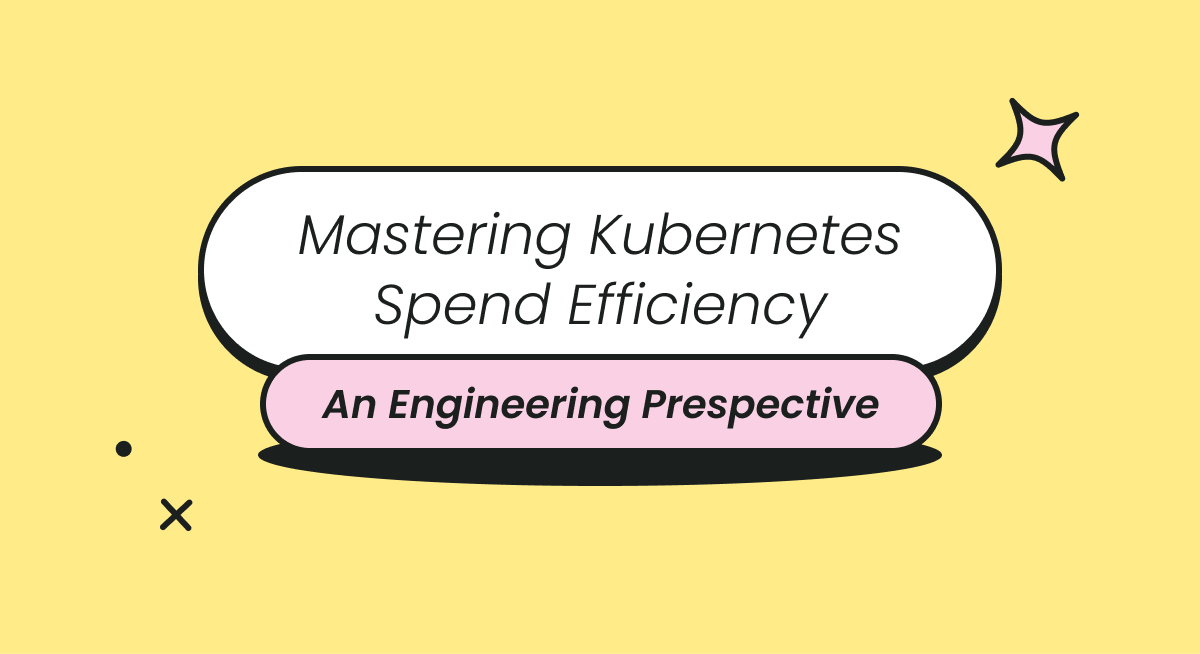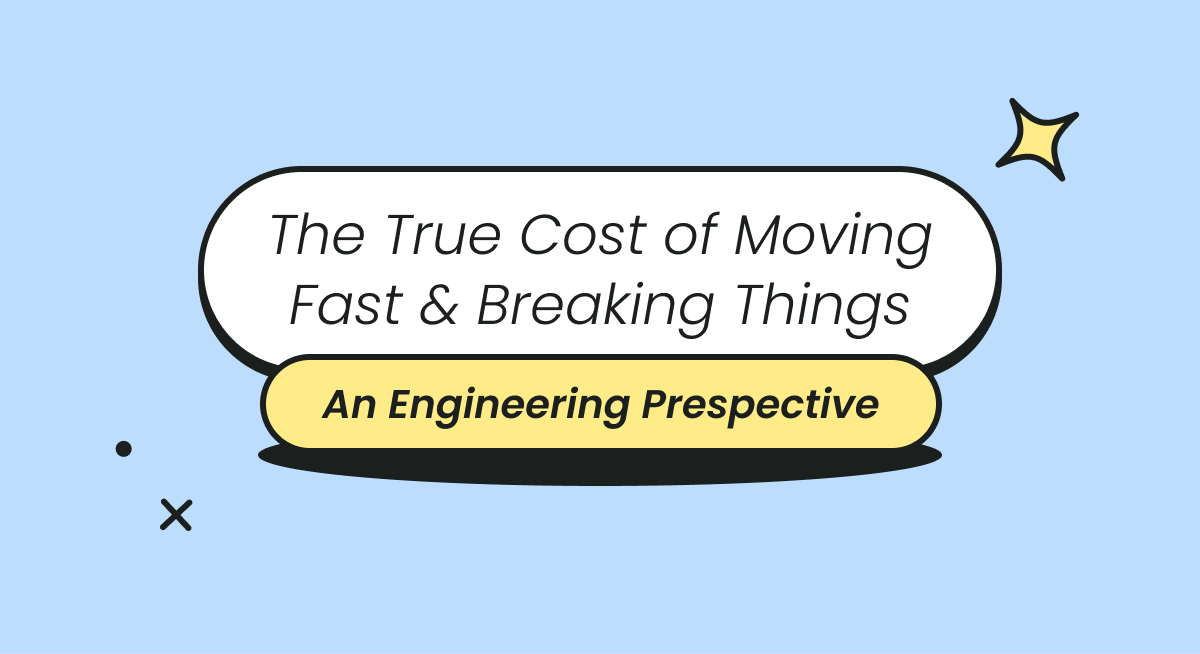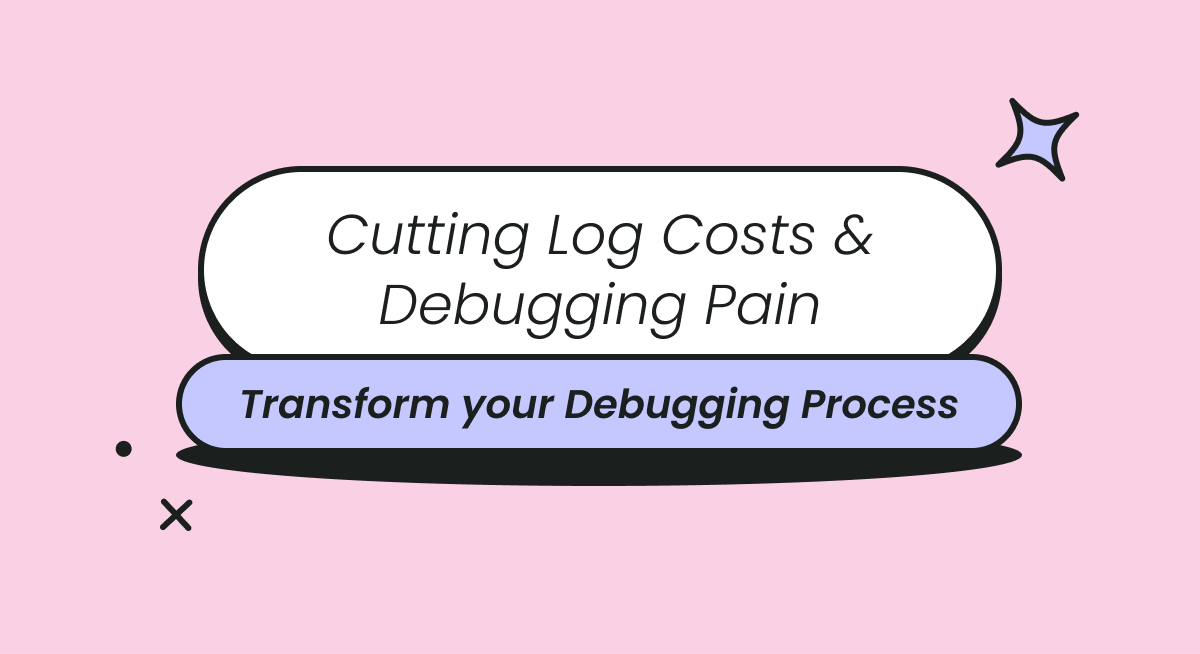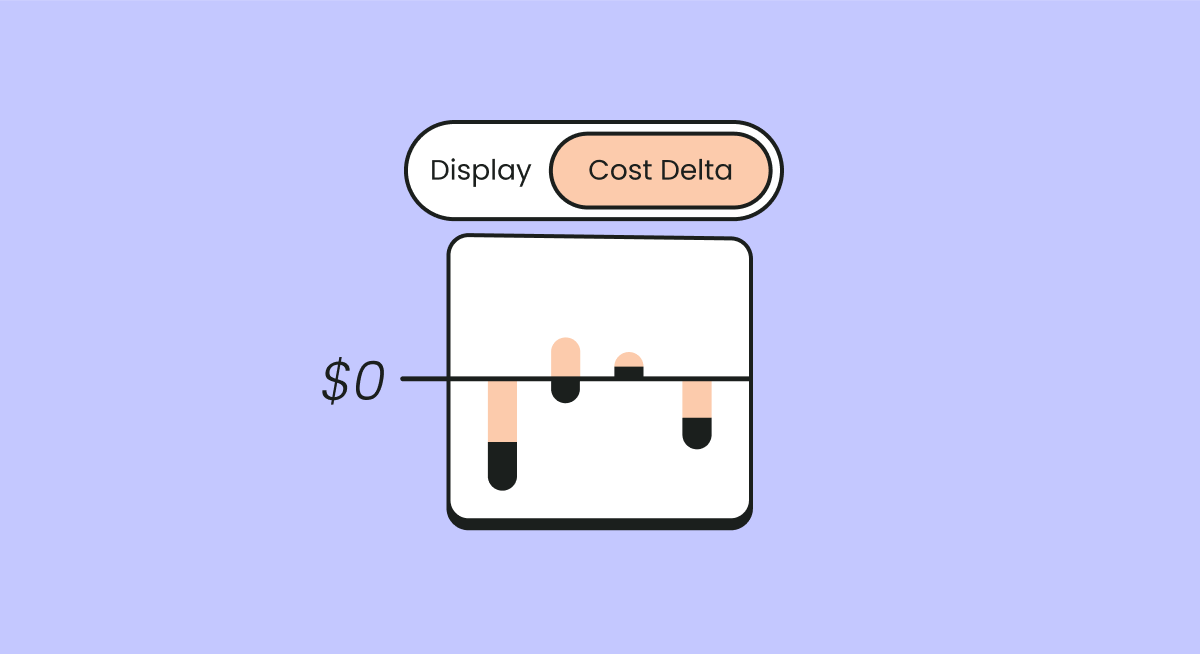
Amazon Relational Database Service (RDS) is a fully managed database service provided by Amazon Web Services (AWS). It allows you to easily create, operate, and scale a relational database in the cloud without worrying about the underlying infrastructure.
RDS provides support for popular relational database engines such as Amazon Aurora, PostgreSQL, MySQL, MariaDB, Oracle, and Microsoft SQL Server. With RDS, you can focus on your application and data while leaving the database management to AWS.
Exploring the Benefits of RDS: Why Choose Amazon Relational Database Service?
There are several reasons why you might want to use RDS:
Managed service: RDS is a fully managed service, which means that AWS takes care of the infrastructure, backups, patching, and maintenance of the database. This frees you up from having to worry about the operational aspects of the database and allows you to focus on your application.
Scalability: RDS allows you to easily scale your database up or down depending on your application needs. You can increase or decrease the size of your database instance, and RDS will automatically handle the scaling process for you.
Availability: RDS provides high availability and durability for your database by automatically replicating your data to multiple availability zones within a region. This means that if one availability zone goes down, your database will still be available in another availability zone.
Security: RDS provides multiple layers of security to protect your data. You can encrypt your data at rest and in transit, and RDS also provides built-in network security such as Virtual Private Cloud (VPC) and security groups.
Cost-effective: RDS is a cost-effective solution for running a relational database in the cloud. You only pay for what you use, and you don't have to worry about the upfront costs of purchasing and managing hardware.
Automated backups and point-in-time recovery: Amazon RDS automatically performs regular backups of your database and allows you to restore to any point in time within your retention period. This feature provides data protection and the ability to recover your database to a specific state before an error or data loss occurred.
Database engine support: Amazon RDS supports a wide range of popular database engines, including MySQL, PostgreSQL, MariaDB, Oracle Database, and SQL Server. You can choose the engine that best suits your application requirements and leverage the familiarity and features of that specific database engine.
Integration with AWS services: Amazon RDS seamlessly integrates with other AWS services, such as AWS Identity and Access Management (IAM) for access control, AWS CloudWatch for monitoring, and AWS CloudTrail for auditing database activities.
RDS is versatile and can be employed in various scenarios and architecture designs. It offers seamless integration with other AWS services, allowing you to create highly robust and interconnected architectures.
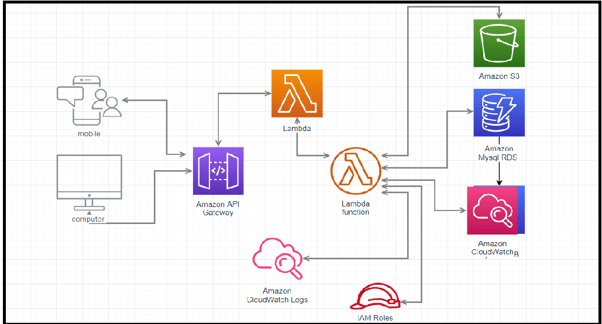
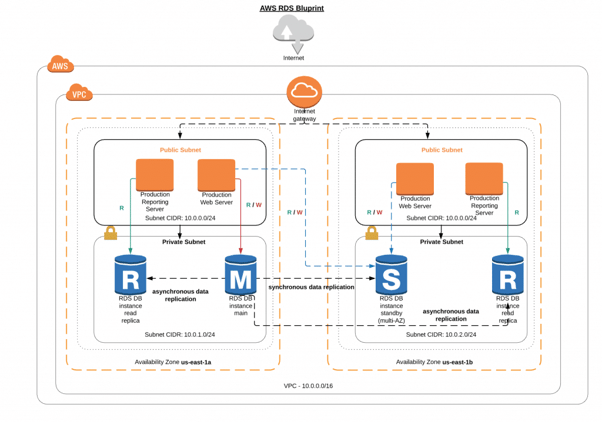
Comparative Analysis of Managed Database Services: Amazon RDS vs Google Cloud SQL vs SQL Azure
This section provides an in-depth technical comparison of three leading managed database services: Amazon RDS, Google Cloud SQL, and SQL Azure (Microsoft Azure).
By evaluating key factors, this analysis aims to assist you in making an informed decision when selecting the most suitable platform for your application's data storage requirements.
1. Database Engine Options:- Amazon RDS: Offers diverse database engine support, including MySQL, PostgreSQL, MariaDB, Oracle Database, and SQL Server.
- Google Cloud SQL: Supports MySQL, PostgreSQL, and SQL Server.
- SQL Azure: Focuses primarily on Microsoft SQL Server.
2. Scalability and Performance:
- Amazon RDS: Auto-scaling capabilities enable seamless horizontal scaling with read replicas. Provisioned IOPS ensures optimal performance for demanding workloads.
- Google Cloud SQL: Facilitates horizontal scaling via read replicas and vertical scaling through machine types and storage capacity.
- SQL Azure: Provides elastic scaling options for both compute and storage resources.
- Amazon RDS: Multi-AZ deployments deliver automatic failover and enhanced availability. Read Replicas enable scaling and efficient distribution of read load.
- Google Cloud SQL: Ensures regional availability and safeguards data through automated backups.
- SQL Azure: Built-in high availability and fault tolerance with automatic backups and geo-replication.
- Amazon RDS: Automated backups, manual snapshots, and point-in-time recovery guarantee data protection and flexibility.
- Google Cloud SQL: Offers automated backups and manual snapshots to ensure reliable data recovery.
- SQL Azure: Provides automatic backups, long-term retention, and geo-restore capabilities.
- Amazon RDS: Implements robust security features like encryption at rest and in transit, IAM-based authentication, and integration with AWS Key Management Service (KMS).
- Google Cloud SQL: Provides encryption at rest and in transit, IAM-based access controls, and integration with Cloud Identity-Aware Proxy.
- SQL Azure: Offers security features such as data encryption, Azure Active Directory integration, and advanced threat protection.
- Amazon RDS: Offers flexible pricing models based on instance types, storage, and database engine choices.
- Google Cloud SQL: Provides cost-effective pricing based on instance types, storage, and regional availability.
- SQL Azure: Offers various pricing tiers based on performance levels and storage capacity.
Cost Optimization While Using RDS
To optimize cost during using RDS you can try below steps:
- Right-size instances based on your workload to avoid over-provisioning.
- Optimize storage allocation based on your database's needs.
- Adjust automated backup retention periods to reduce storage costs.
- Evaluate the necessity of all database instances and terminate idle or underutilized ones.
- Schedule database instances start and stop actions to match workload demand.
- Utilize monitoring and optimization tools like CloudWatch and Cost Explorer.
- Understand the licensing implications of your chosen database engine.
- Regularly review and adjust resource allocation to optimize costs.
By following these concise tips, you can effectively optimize costs with Amazon RDS while ensuring your databases are efficiently provisioned.
You can also read this blog for more detailed information to reduce RDS costs- https://www.finout.io/blog/aws-rds-cost-reduction. Plus, explore our powerful tool that includes RDS dashboards.
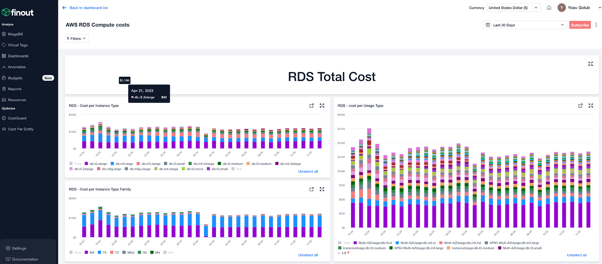
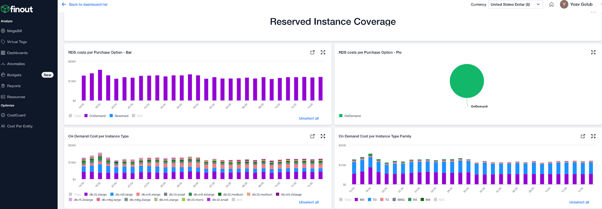
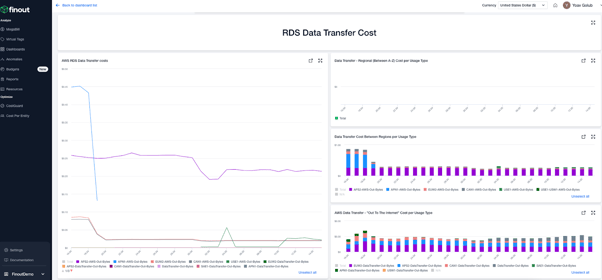
Conclusion
In summary, RDS is a fully managed database service offering scalability, availability, security, and cost-effectiveness. By using RDS, you can focus on your application and data, while leaving the management of the database to AWS.
Selecting the appropriate managed database service is crucial for your application's success. This comparative analysis of Amazon RDS, Google Cloud SQL, and SQL Azure highlights their key features and capabilities across various technical aspects. Consider your specific requirements, including database engine support, scalability, high availability, security, and pricing, to make an informed decision that aligns with your application's needs and preferred cloud platform.
